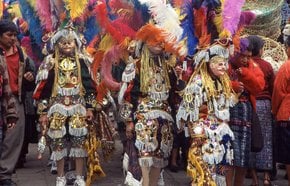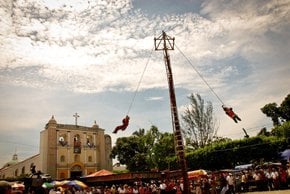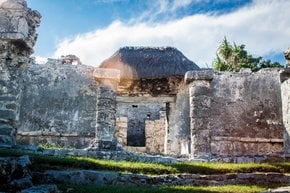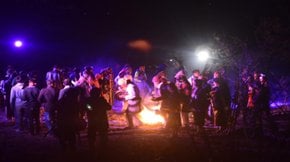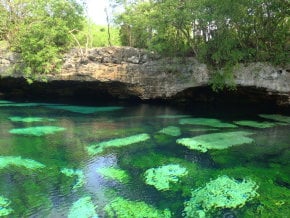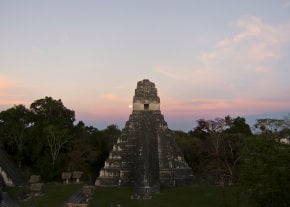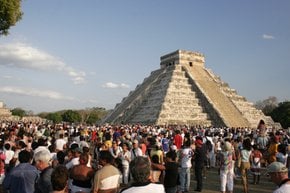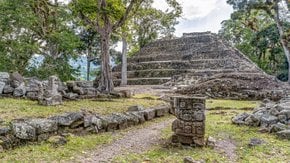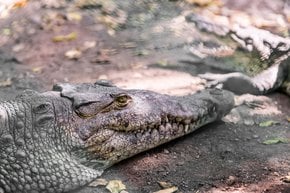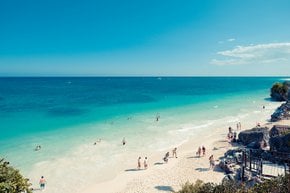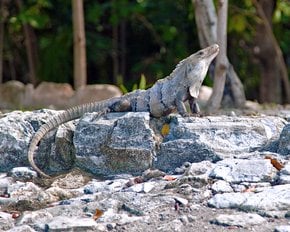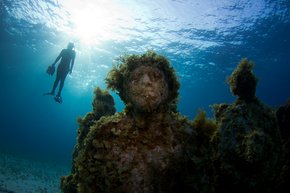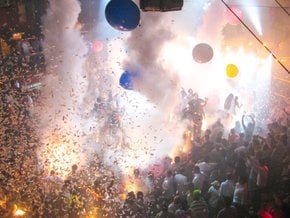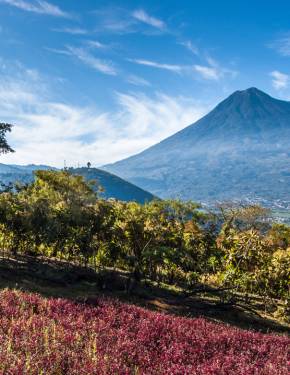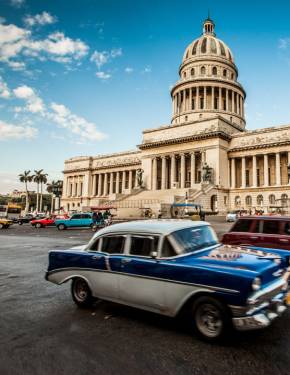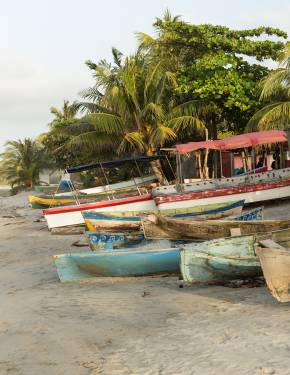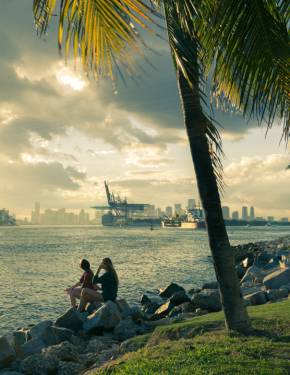Equinox at Chichén Itzá in Cancun 2026
Ancient Mayan architects calculated everything precisely to the very sunlight reflections and shadows
Best time: March 21 | September 21
Once Mayan people reigned over these lands, and today the only remnants of the ancient civilization are Mayan pyramids. These stone structures stand still from year to year, attracting hundreds of thousands of travelers who observe them from different angles, climb up, and take pictures. One of the oldest complexes of pyramids, that is included in the New7Wonders of the World, is Chichen Itza, located an hour drive from Cancun.
Chichen Itza was a large pre-Columbian settlement built by the Maya people of the Yucatán peninsula. Chichen Itza translates as "at the mouth of the well of the Itza." The archaeological site is located in modern Tinúm Municipality in Yucatán State in Mexico. Archaeologists claim that the site, including the Kukulcan Pyramid, was constructed sometime between the 9th and 12th centuries CE. The buildings are grouped into the clusters. The most well-explored and known clusters are the Great North Platform, the Central Group, the Ossario Group, and the Old Chichen, the latter one not open to the public. The Great North Platform featured the most visited sites of Chichen Itza such as the Kukulcan Pyramid, the Temple of the Jaguars, and the Great Ball Court.
If you want to see something special, visit it during the spring or autumn equinox. At that time the sunlight and pyramid's structures create strange shadows that resemble the descending Mayan serpent Kukulcan. Whether this is a mere coincidence or it was put in that place on purpose—it's hard to say, but the effect is still awesome and inspiring today.




